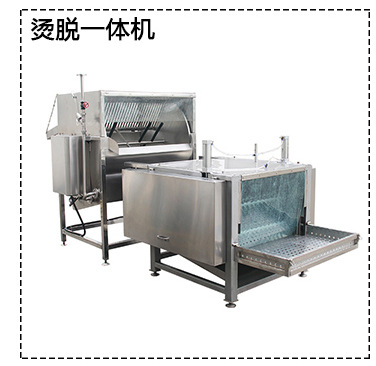Exploring Layer Houses for Efficient Poultry Farming Practices
Sep . 29, 2024 07:06 Back to list
Exploring Layer Houses for Efficient Poultry Farming Practices
Layer House in Poultry An Overview of Design, Management, and Benefits
The poultry industry is a vital component of global agriculture, significantly contributing to food security and the economy. Among various poultry farming systems, layer houses play a crucial role in the production of eggs, which are dietary staples for many cultures worldwide. Understanding the design, management practices, and benefits of layer houses is essential for both new and experienced poultry farmers looking to optimize their operations.
What is a Layer House?
A layer house is a facility specifically designed for housing hens that are primarily raised for egg production. These structures can vary in size and design, accommodating anywhere from a few dozen to millions of birds. Layer houses are optimized to ensure the well-being of the hens while maximizing productivity and efficiency.
Key Features of Layer Houses
1. Temperature Control Maintaining an optimal environment is critical for the health and productivity of laying hens. Layer houses are often equipped with heating, cooling, and ventilation systems. Proper airflow helps reduce heat stress, especially in warmer months, while insulation retains warmth during colder periods.
2. Space Allocation Adequate space is crucial in layer housing to prevent overcrowding, which can lead to stress and increased mortality. The general recommendation is to provide at least 1.5 square feet per hen in conventional cages or 2 to 3 square feet in free-range or barn systems.
3. Nesting Boxes Nesting boxes are essential for providing a comfortable and private space for hens to lay their eggs. These boxes can be arranged in various configurations within the layer house. Access to clean, dry nesting material is also vital to ensure egg quality.
4. Feeding and Watering Systems Automated feeding and watering systems are commonly used in layer houses to ensure that hens have consistent access to nutritious feed and clean water. These systems not only save time but also help in maintaining hygiene.
5. Waste Management Proper waste management strategies are essential in layer houses to minimize environmental impact and maintain flock health. Manure can be managed through composting or use in biogas production, contributing to sustainable farming practices.
Management Practices
layer house in poultry

Effective management practices are crucial for the success of a layer house. Here are some essential components
1. Biosecurity Implementing strict biosecurity measures is vital to prevent the introduction of diseases. This includes controlling access to poultry houses, proper sanitation protocols, and regularly monitoring the health of the flock.
2. Nutrition Providing balanced and high-quality feed tailored to the nutritional needs of laying hens is imperative. Layers require specific nutrients like calcium for eggshell strength and protein for overall health. Regular consultation with a poultry nutritionist can optimize feed formulations.
3. Lighting Management Light plays a significant role in influencing a hen's laying cycle. Layer houses typically use artificial lighting to mimic natural daylight, which helps regulate the hens' reproductive cycles. A consistent light schedule promotes steady egg production.
4. Monitoring and Record Keeping Regular monitoring of bird health, egg production rates, and overall environmental conditions is essential. Keeping accurate records allows farmers to identify trends, troubleshoot issues, and make informed decisions.
Benefits of Layer Houses
Investing in layer houses comes with various advantages. Firstly, they provide an efficient means of producing eggs on a large scale, meeting rising global demands. Secondly, layer houses with controlled environments help reduce the risk of disease and improve overall flock health, leading to higher egg production rates.
Additionally, technological advancements in automation and data monitoring systems enhance productivity and reduce labor costs. Sustained research into best practices and innovations continues to improve the efficiency and sustainability of layer houses.
Conclusion
Layer houses are the backbone of the poultry egg production industry, providing a structured environment to ensure the health and welfare of laying hens while maximizing productivity. By implementing effective management practices and utilizing modern technologies, poultry farmers can enhance their operations, meet consumer demands, and contribute to global food security. As the industry continues to evolve, understanding the intricacies of layer house management will remain pivotal for success in poultry farming.
-
Hot Sale 24 & 18 Door Rabbit Cages - Premium Breeding Solutions
NewsJul.25,2025
-
Automatic Feeding Line System Pan Feeder Nipple Drinker - Anping County Yize Metal Products Co., Ltd.
NewsJul.21,2025
-
Automatic Feeding Line System Pan Feeder Nipple Drinker - Anping County Yize Metal Products Co., Ltd.
NewsJul.21,2025
-
Automatic Feeding Line System - Anping Yize | Precision & Nipple
NewsJul.21,2025
-
Automatic Feeding Line System - Anping Yize | Precision & Nipple
NewsJul.21,2025
-
Automatic Feeding Line System-Anping County Yize Metal Products Co., Ltd.|Efficient Feed Distribution&Customized Animal Farming Solutions
NewsJul.21,2025






